A medicine cabinet is an essential piece of furniture in any bathroom. It provides storage space for all your toiletries and medications, keeping them organized and easily accessible. However, when it comes to installing a medicine cabinet, proper measurement is crucial to ensure a perfect fit. In this article, we will discuss the seven most common mistakes people make when measuring for a medicine cabinet and how to avoid them.
Why is Proper Measurement Important?

Before we dive into the common mistakes, let's first understand why proper measurement is crucial when installing a medicine cabinet. A medicine cabinet is typically installed between two studs in the wall, and the space between the studs is usually 16 inches. If the measurement is off by even a fraction, the cabinet may not fit properly, leaving gaps or causing the cabinet to stick out from the wall. This not only looks unappealing but also makes it difficult to open and close the cabinet doors.
1. Not Measuring the Space Between Studs
The first and most common mistake people make when measuring for a medicine cabinet is not measuring the space between the studs. As mentioned earlier, most walls have studs that are 16 inches apart, but this may vary in older homes or in non-standard construction. It is essential to measure the space between the studs to ensure that the cabinet will fit snugly between them.
2. Not Measuring the Depth of the Cabinet
Another common mistake is not measuring the depth of the cabinet. Most medicine cabinets have a depth of 4 inches, but some may be deeper or shallower. It is crucial to measure the depth of the cabinet to ensure that it will fit in the space between the studs without sticking out too far.
3. Not Considering the Door Swing
When measuring for a medicine cabinet, it is essential to consider the door swing. The door should be able to open and close without hitting any obstacles, such as a light fixture or a wall. Measure the distance from the wall to the edge of the door when it is fully open to ensure that there is enough clearance for the door to swing open.
4. Not Taking Into Account the Height of the Cabinet
The height of the cabinet is another crucial measurement to consider. Most medicine cabinets are 30 inches tall, but some may be taller or shorter. It is essential to measure the height of the cabinet to ensure that it will fit in the space between the studs without being too tall or too short.
5. Not Measuring the Space Above the Sink
When installing a medicine cabinet above a sink, it is crucial to measure the space above the sink. The cabinet should be installed at a height that is comfortable for the user to reach, but not too low that it interferes with the sink or faucet. Measure the distance from the top of the sink to the desired height of the cabinet to ensure that it will fit in the space.
6. Not Considering the Style of the Cabinet
Another common mistake is not considering the style of the cabinet when measuring. Medicine cabinets come in various styles, such as recessed, surface-mounted, or corner-mounted. Each style requires different measurements, so it is crucial to know which style you are installing before taking measurements.
7. Not Double-Checking Measurements
The final and most crucial mistake is not double-checking measurements. It is easy to make a mistake when measuring, so it is essential to double-check all measurements before purchasing a medicine cabinet. This will save you time and money in the long run, as you won't have to return or exchange a cabinet that doesn't fit.
How to Measure for a Medicine Cabinet
Now that we have discussed the common mistakes, let's go over how to measure for a medicine cabinet.
- Measure the space between the studs: Use a tape measure to measure the distance between the studs where you plan to install the cabinet. This measurement will determine the width of the cabinet.
- Measure the depth of the cabinet: Measure the depth of the cabinet from the back to the front, including any protruding knobs or handles.
- Consider the door swing: Measure the distance from the wall to the edge of the door when it is fully open to ensure that there is enough clearance for the door to swing open.
- Measure the height of the cabinet: Measure the height of the cabinet from the top to the bottom, including any decorative trim or molding.
- Measure the space above the sink: If installing the cabinet above a sink, measure the distance from the top of the sink to the desired height of the cabinet.
- Consider the style of the cabinet: Determine which style of cabinet you are installing and take the appropriate measurements. For example, a recessed cabinet will require measurements for the depth of the wall cavity, while a surface-mounted cabinet will require measurements for the depth of the cabinet itself.
- Double-check all measurements: Before purchasing a medicine cabinet, double-check all measurements to ensure they are accurate.
Conclusion
Proper measurement is crucial when installing a medicine cabinet. By avoiding the common mistakes discussed in this article and following the proper measuring techniques, you can ensure a perfect fit for your medicine cabinet. Remember to measure the space between studs, the depth of the cabinet, the door swing, the height of the cabinet, and the space above the sink. And always double-check your measurements before making a purchase. With these tips, you can install a medicine cabinet that not only looks great but also functions perfectly in your bathroom.


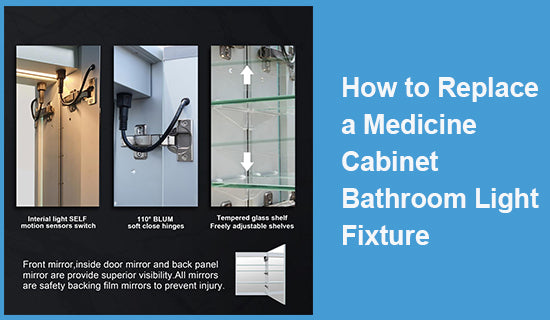
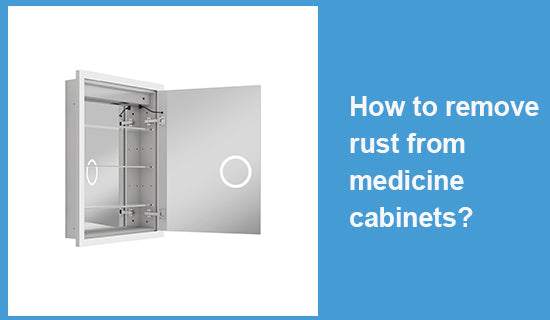
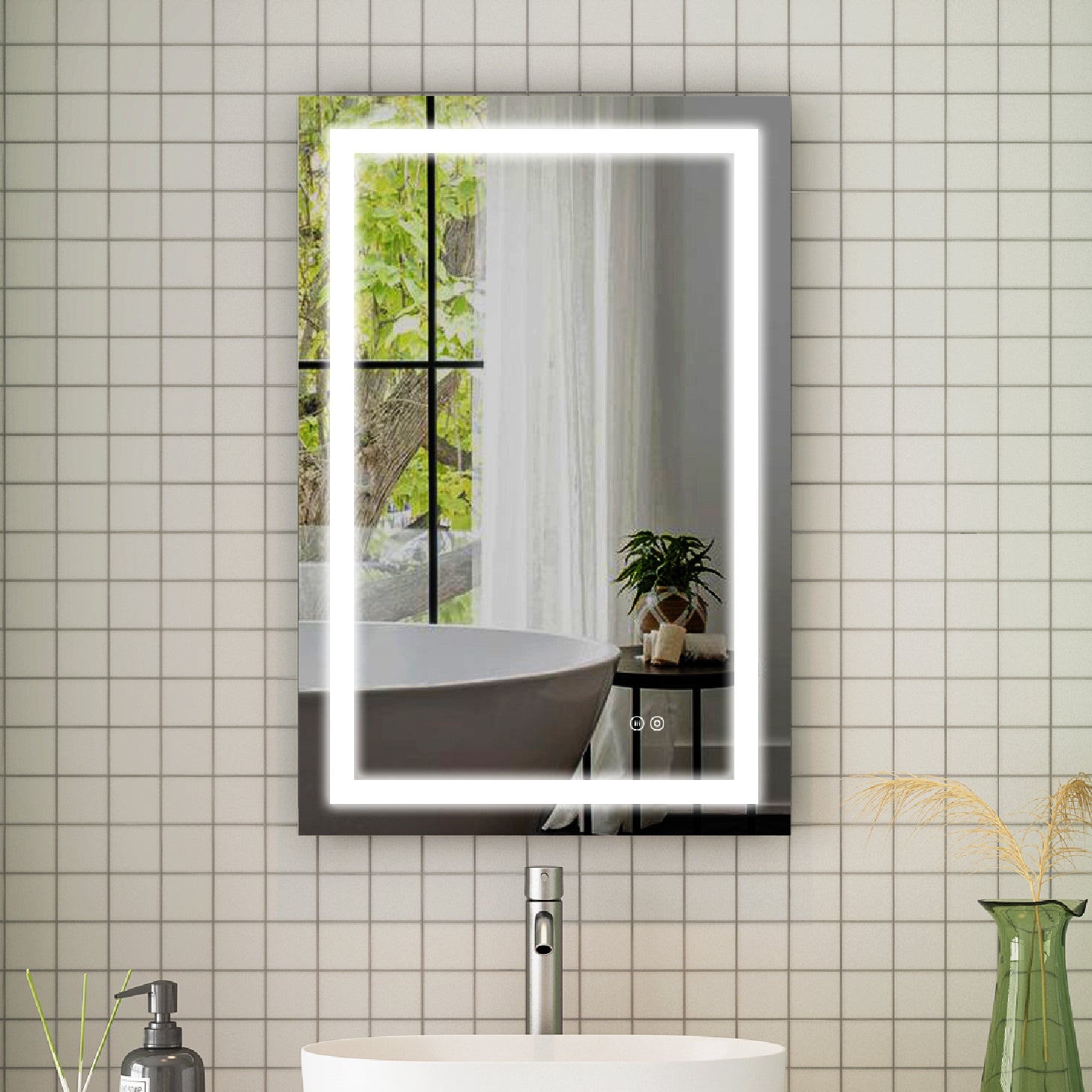

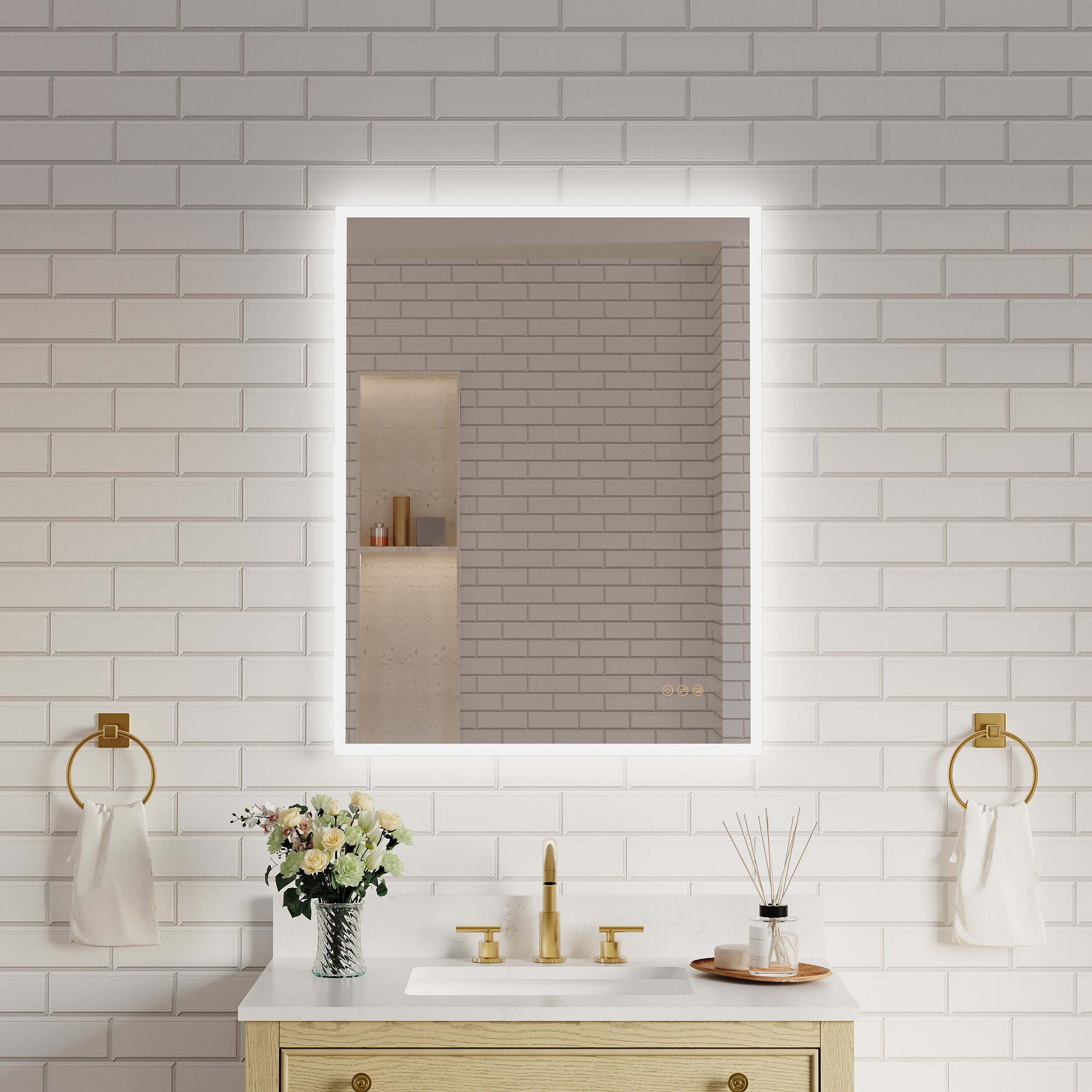


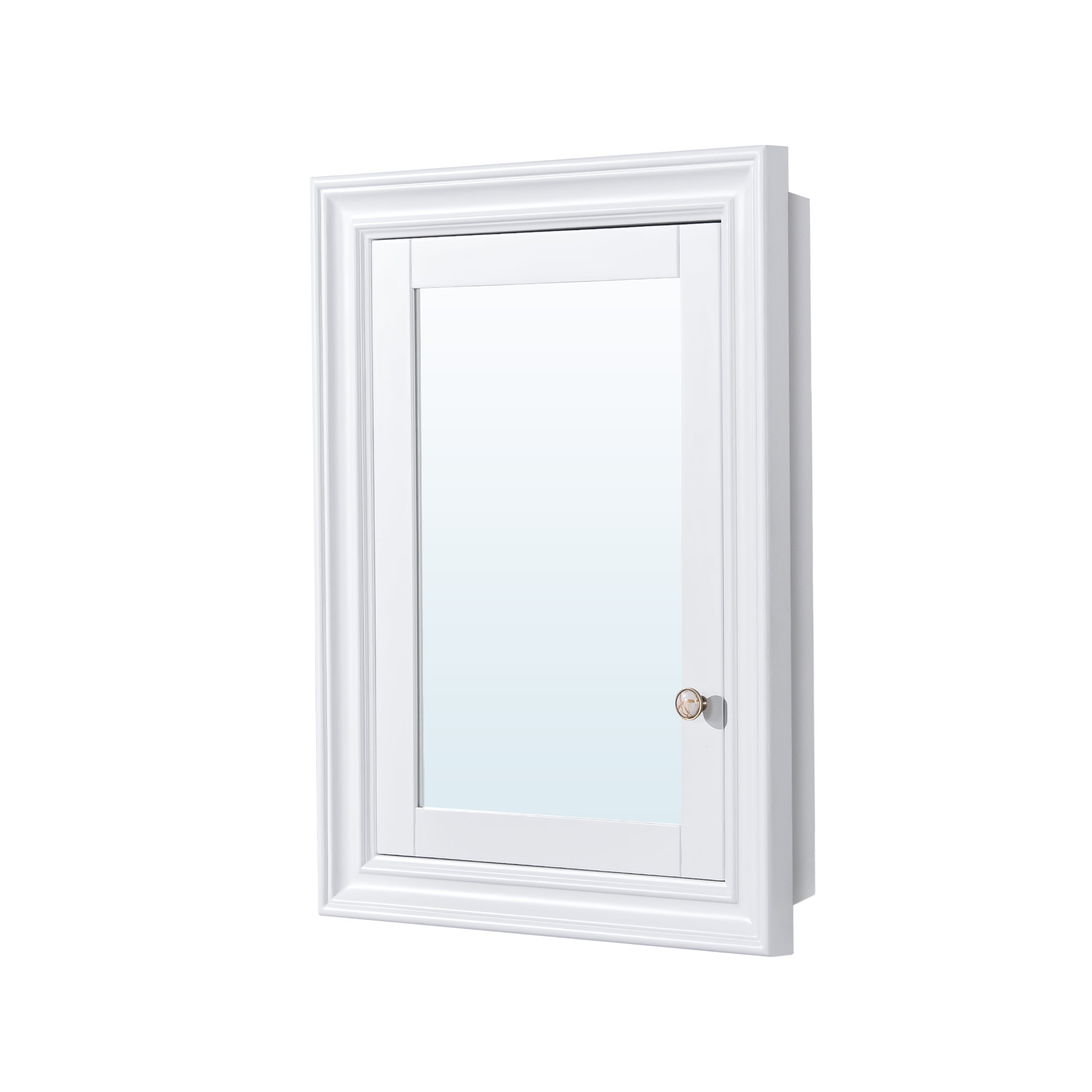
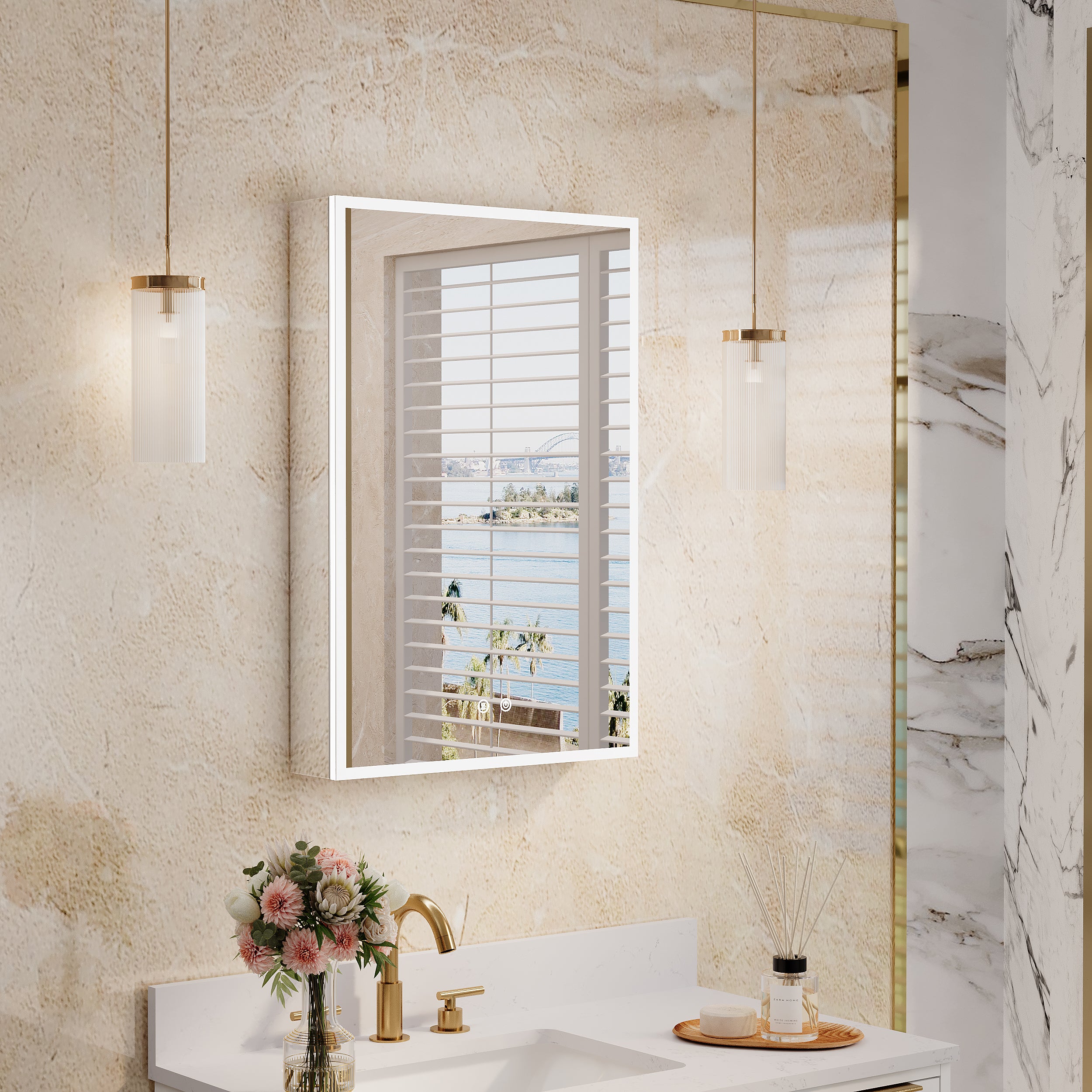
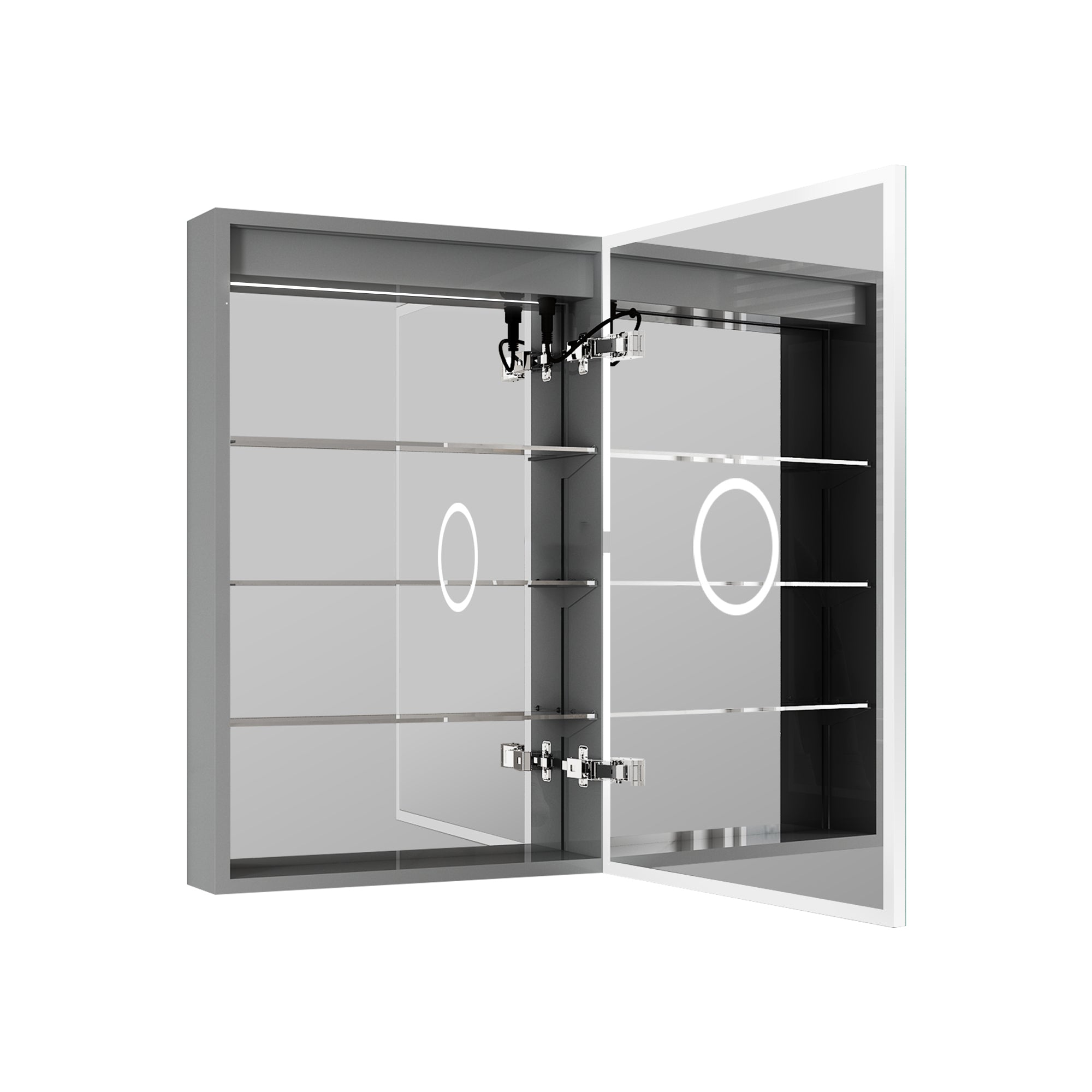
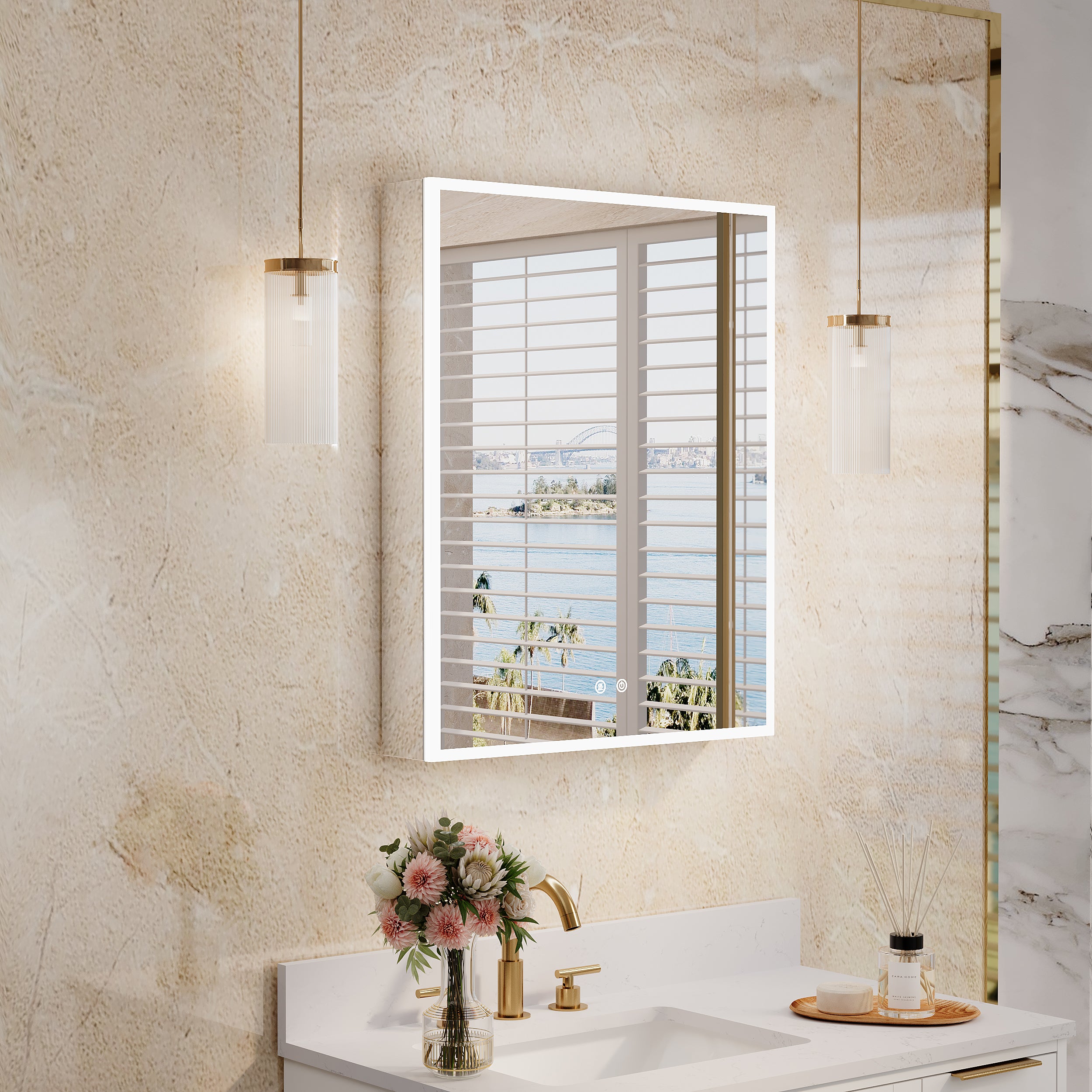
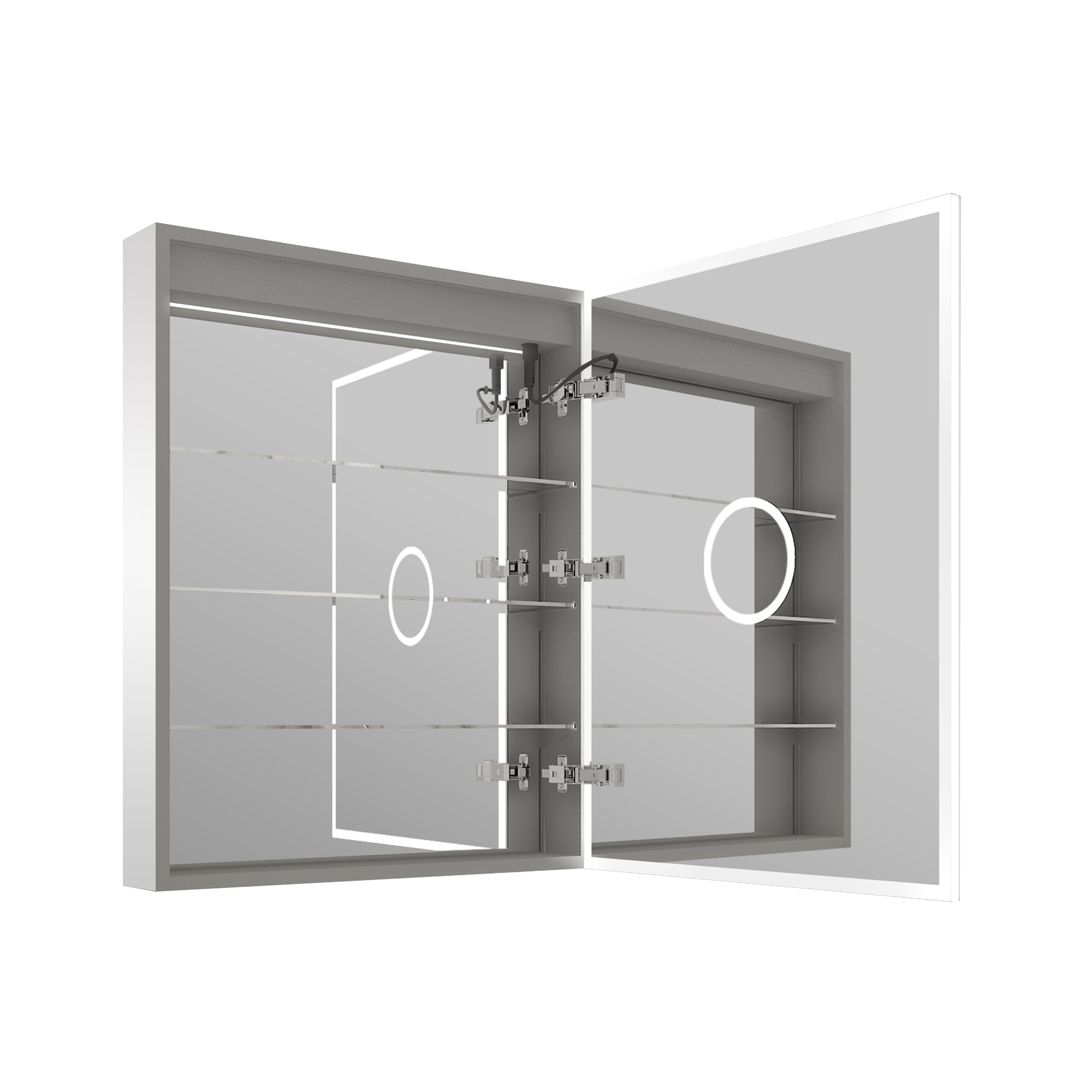
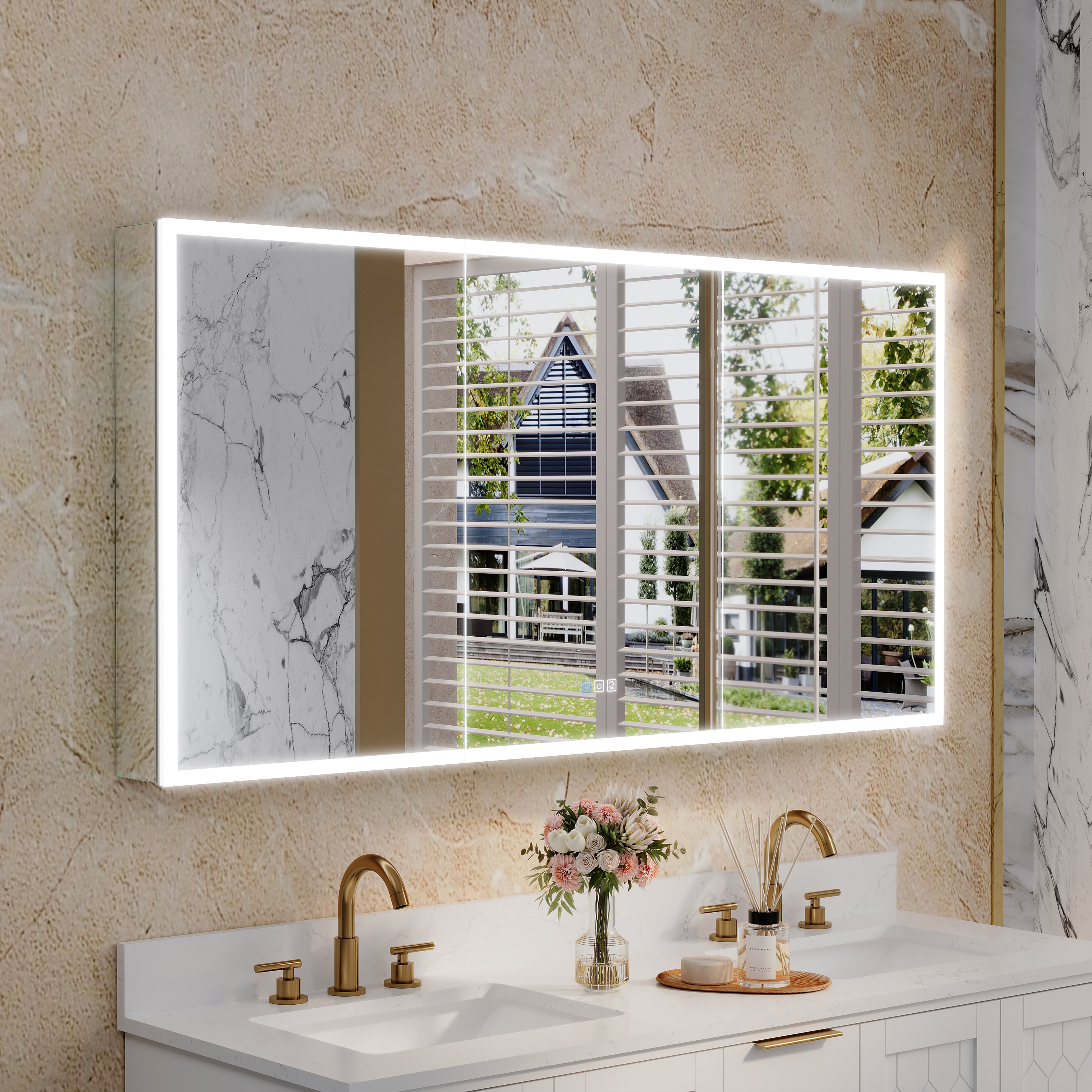
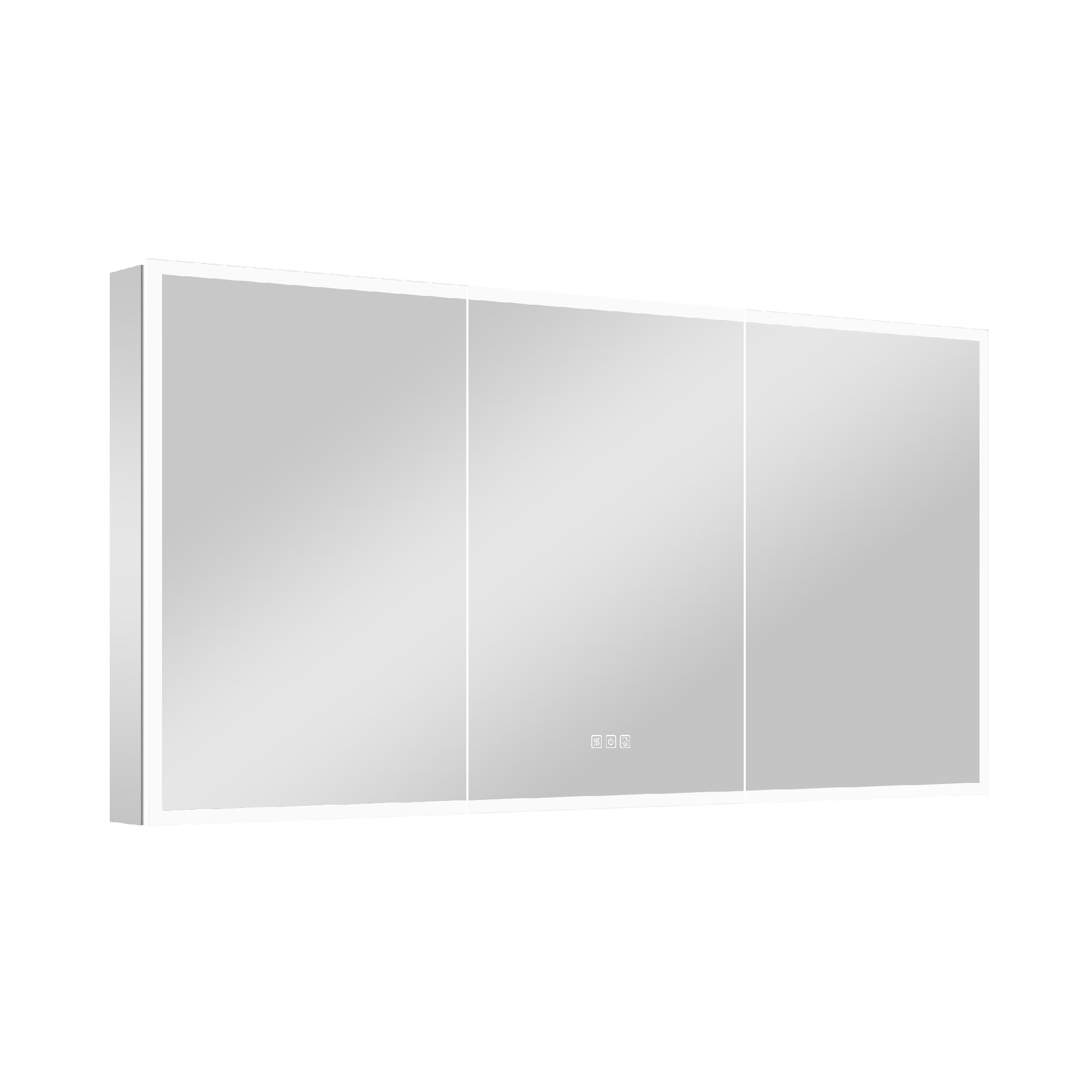
Leave a comment
This site is protected by hCaptcha and the hCaptcha Privacy Policy and Terms of Service apply.